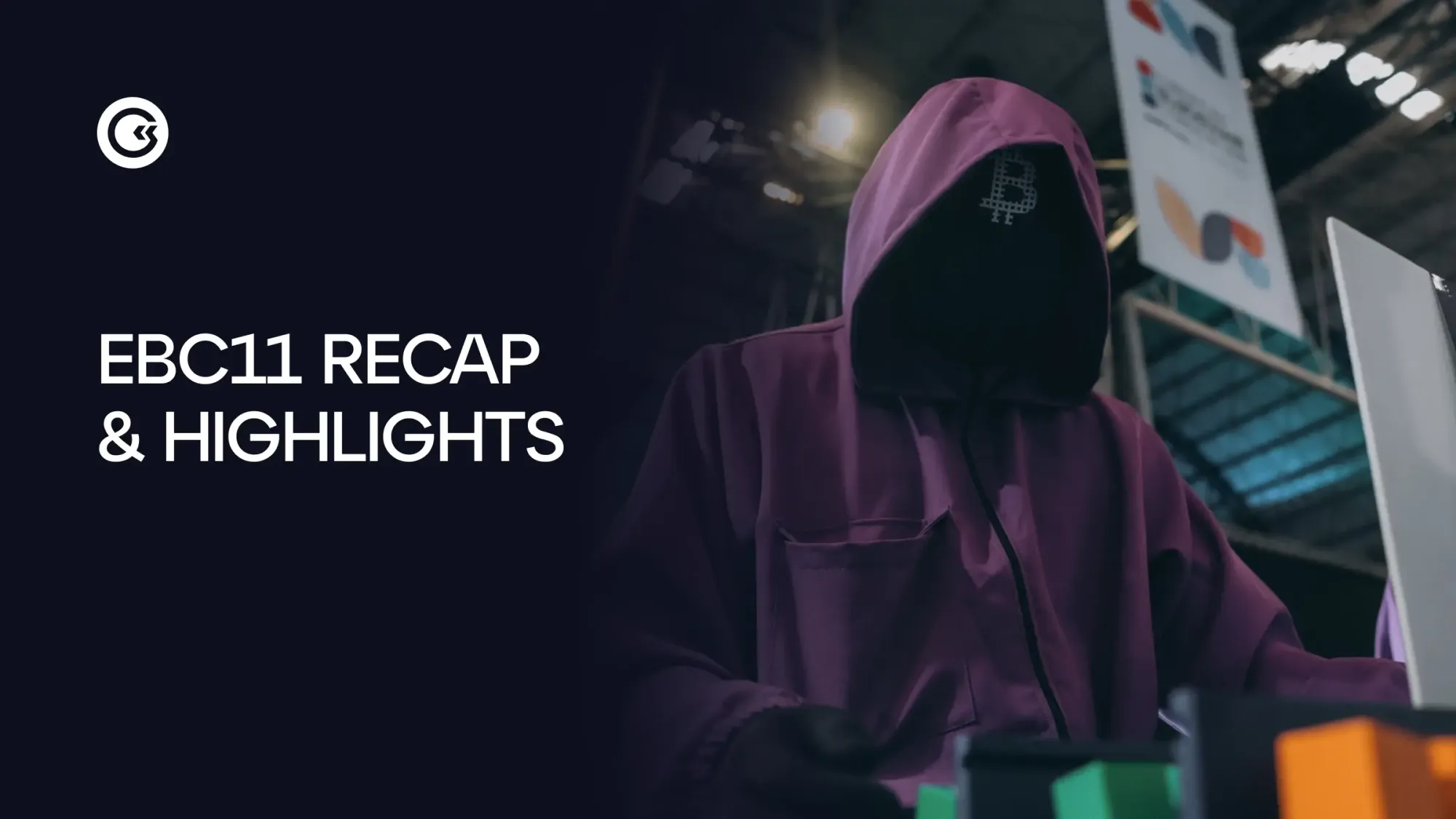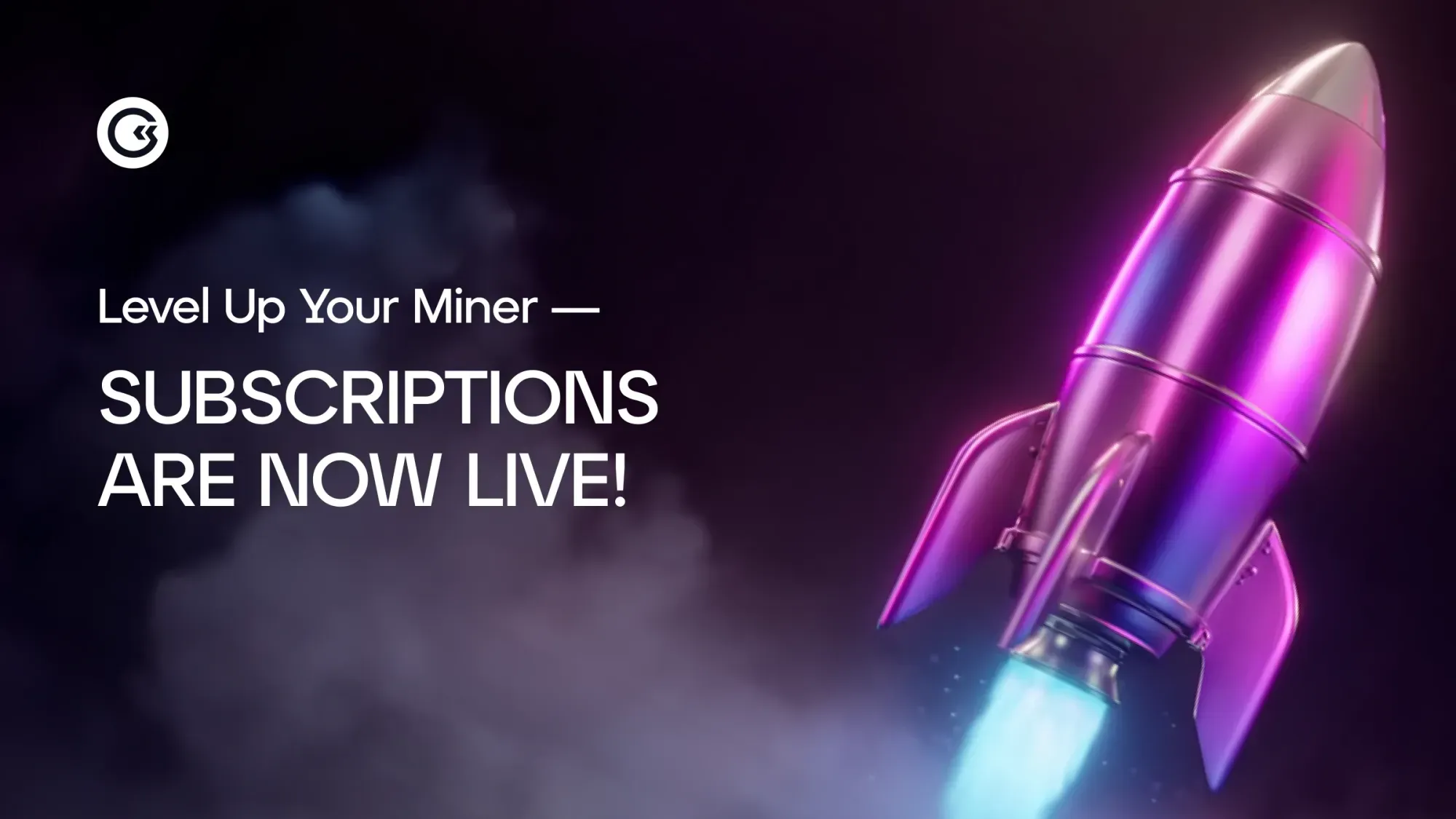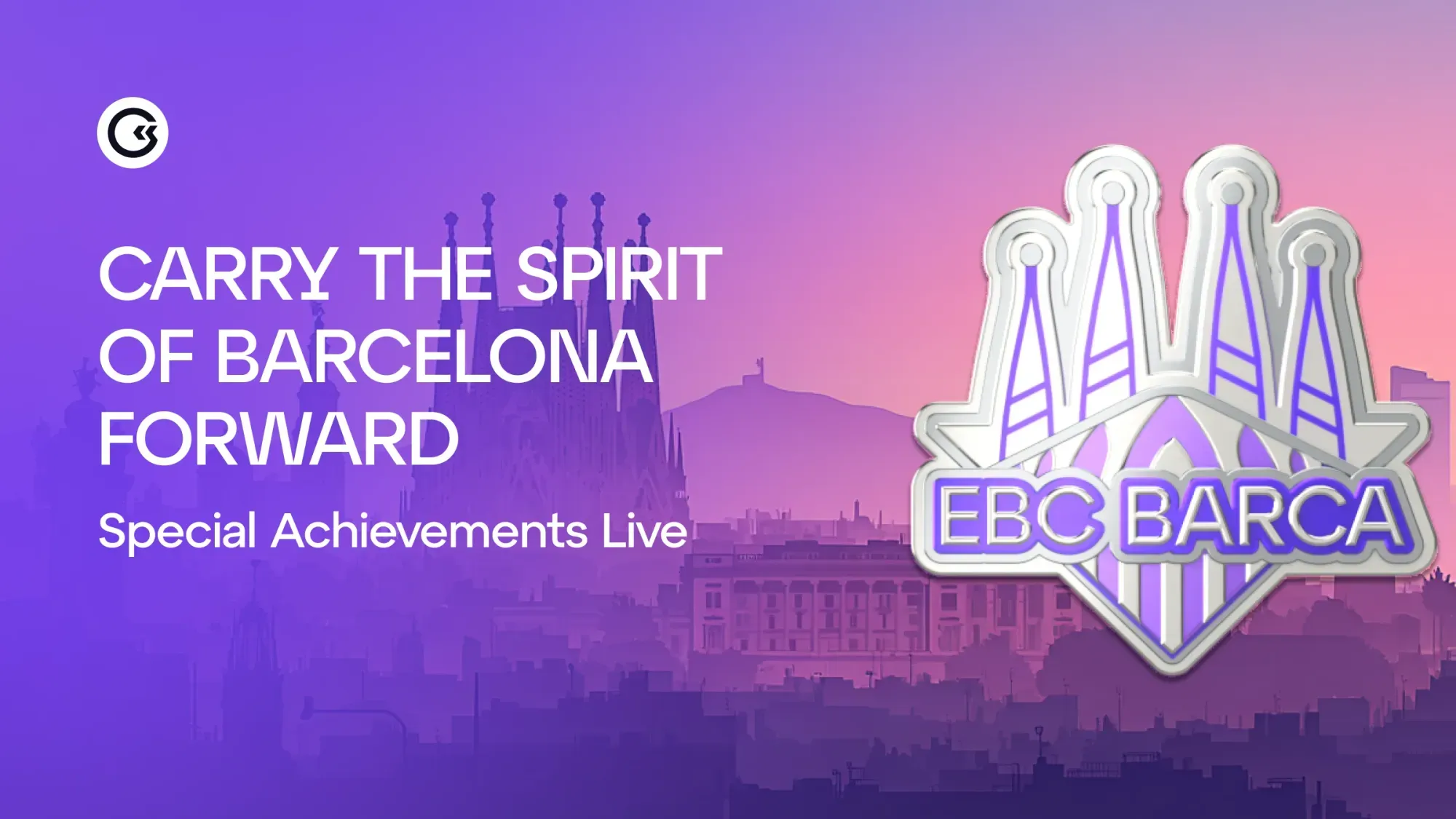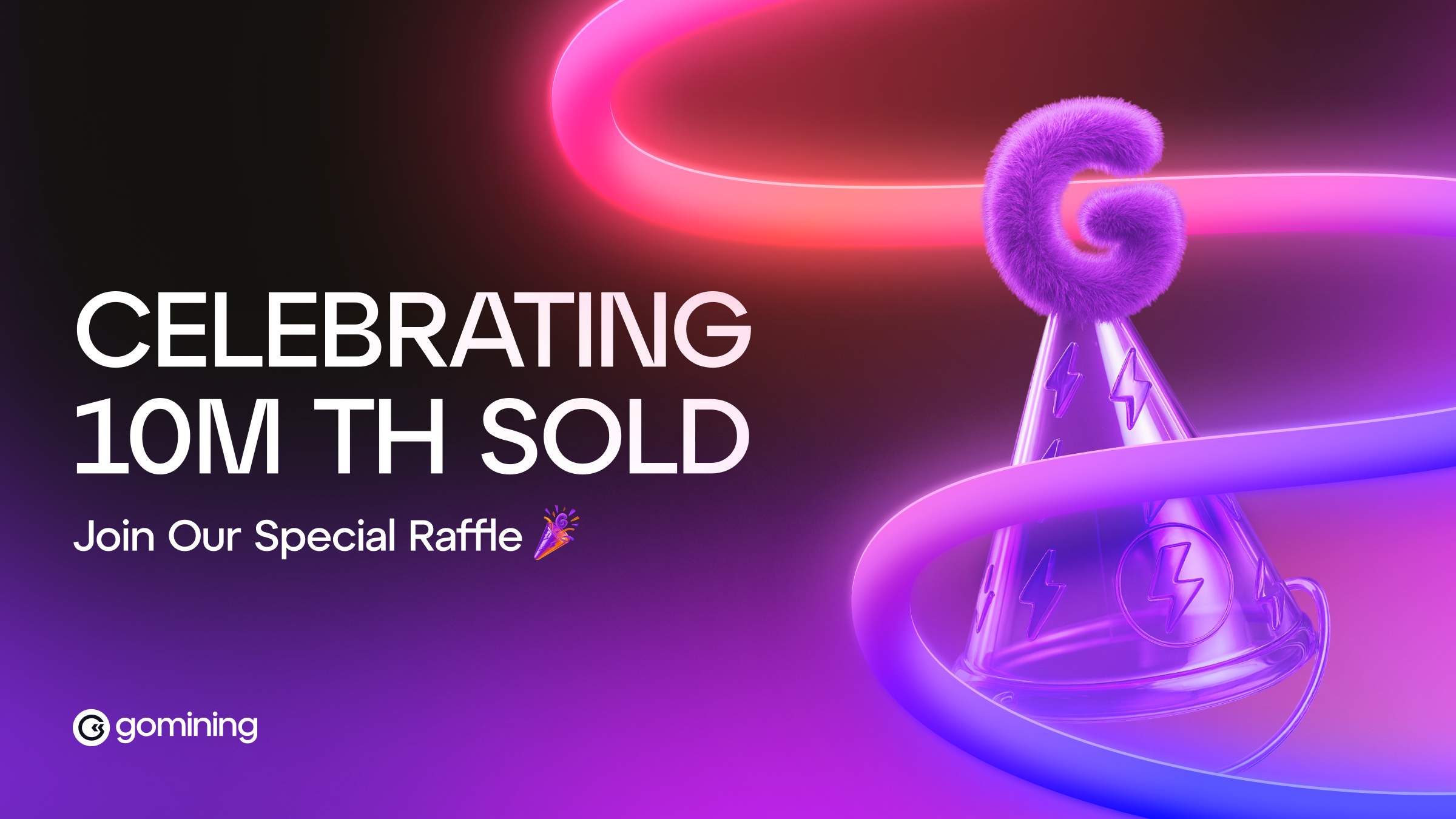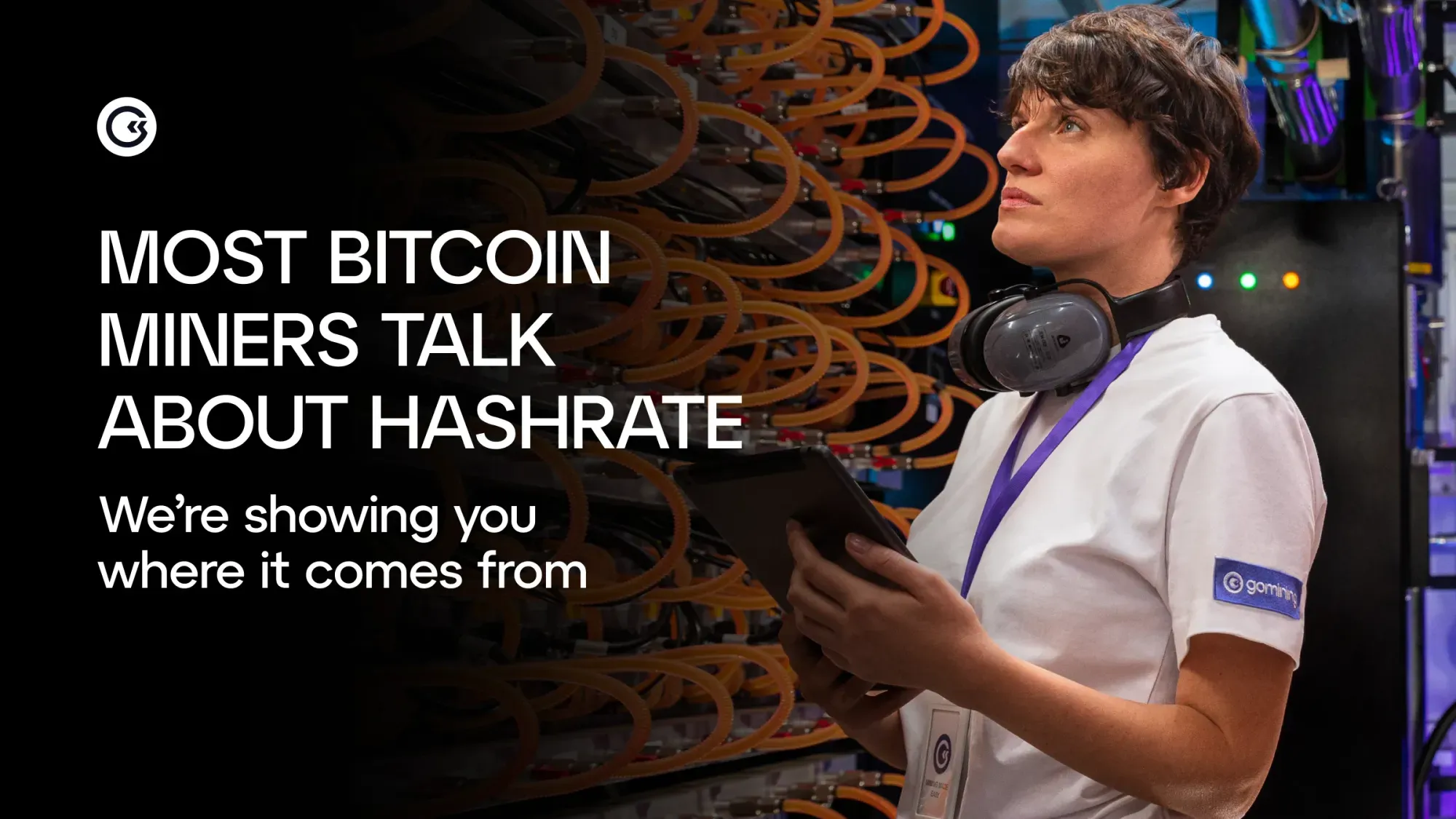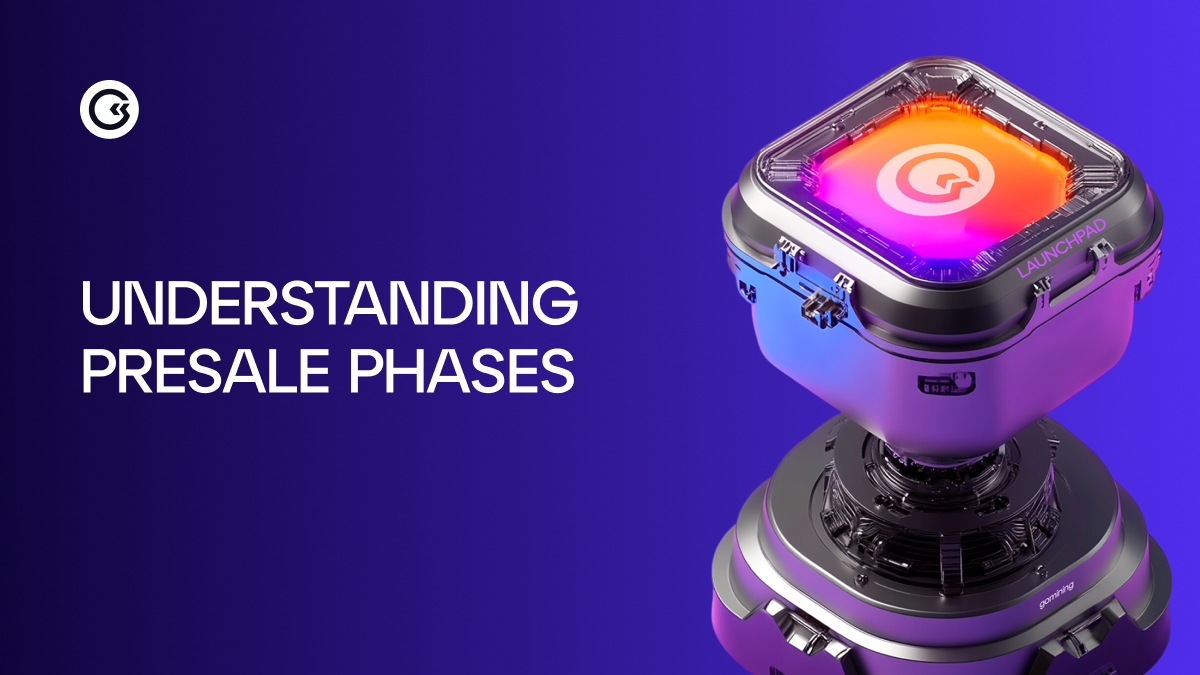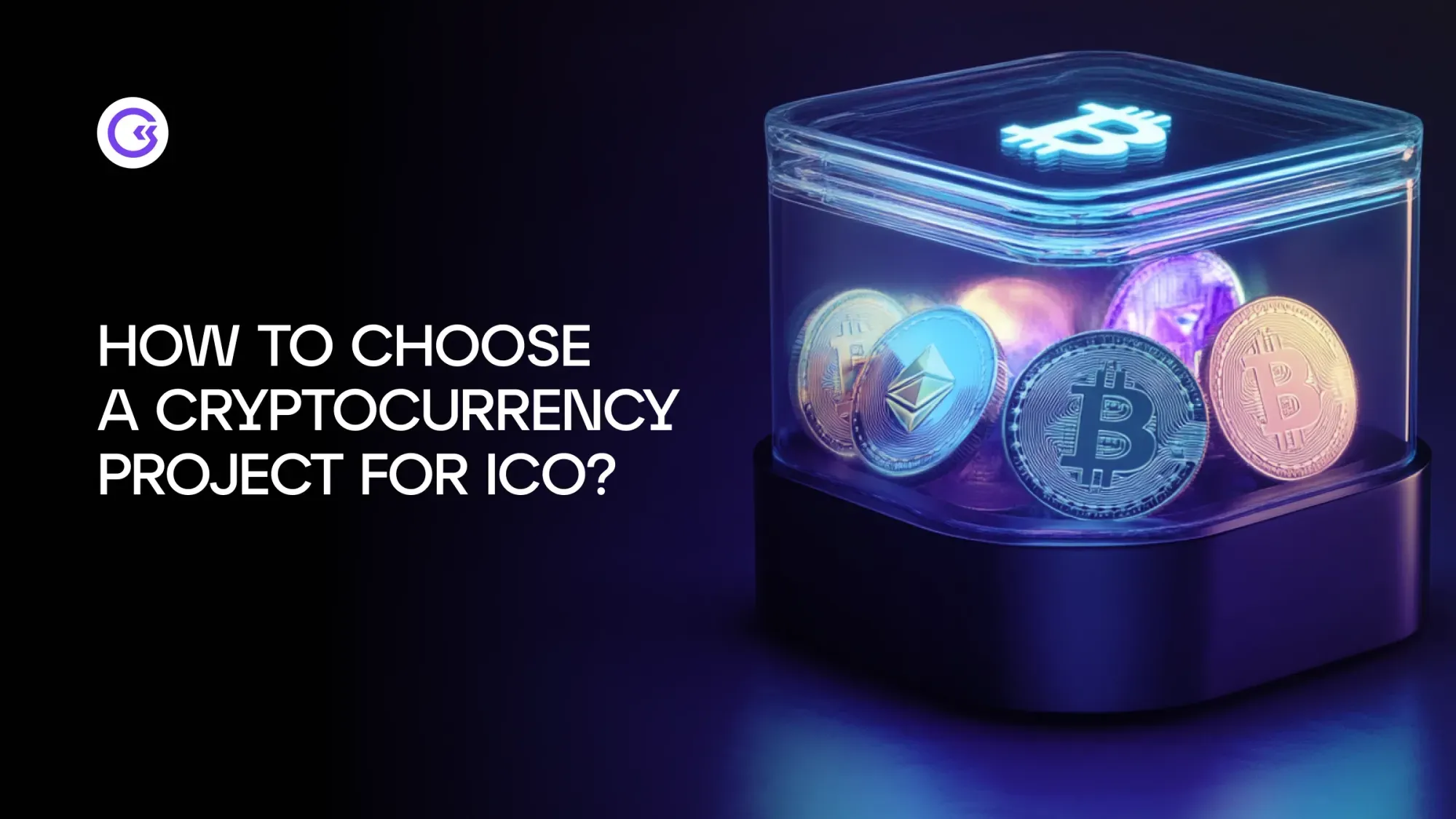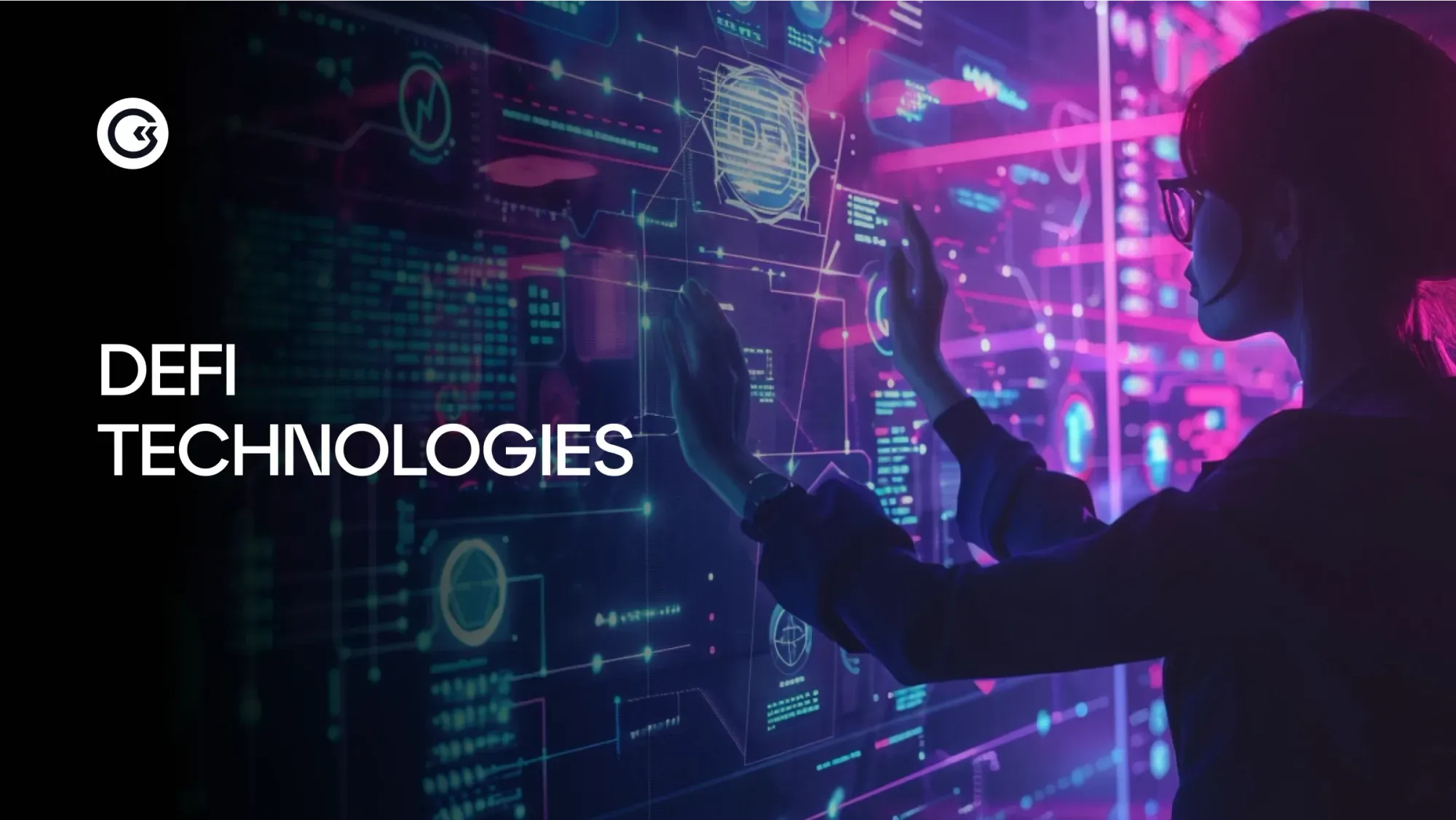Introduction
The finance world is buzzing with a new word: tokenization. It might sound like a piece of crypto jargon best left to techies in hoodies, but in reality, it’s a simple and powerful idea that could change the way we think about ownership.
Imagine this: instead of needing millions to buy a penthouse apartment in New York, you could own a fraction of it for the price of a holiday. Or picture a world where you don’t just look at a famous painting in a museum, but actually own a tiny slice of it — alongside thousands of other art lovers. That’s the promise of tokenization: taking something that exists in the physical world — a house, a gold bar, a rare guitar, even infrastructure like a wind farm — and turning it into digital “tokens” that can be bought, sold, and shared online.
In a way, tokenization does for assets what Spotify did for music or what Netflix did for films: it makes them more accessible. Instead of being locked up for the few who can afford them, tokenization lowers the barrier to entry and opens up opportunities for many. You don’t need a hedge fund to get involved — you just need an internet connection and the willingness to dip your toes into the digital financial world.
But how does this actually work in practice? Why are banks, holders, and even governments paying attention? And what could it mean for you, the everyday saver or curious explorer of new technologies?
This article is your guide to making sense of it all. We’ll walk through what tokenization really means, the mechanics behind it, and the different ways it’s already showing up — from tokenized real estate to digital shares in artwork. We’ll explore the benefits (think speed, transparency, and accessibility), as well as the risks (yes, there are some important ones). And we’ll look ahead at what the future might hold, including some unexpected use cases like how people are rethinking Bitcoin mining through tokenization.
Think of it as your friendly handbook to one of the most exciting financial shifts happening today. No heavy jargon, no overcomplication — just clear explanations of a trend that could reshape how we buy, sell, and think about the things we value most.
Overview of Tokenization

At its simplest, tokenization is about converting something of value into a digital form that can be managed on the blockchain. Each token represents a slice of the whole, making ownership flexible, transparent, and far more accessible than before.
And this isn’t just a passing buzzword. Blockchain tokenization is steadily reshaping how people hold, trade, and interact with financial markets. By making assets digital, it becomes easier to transfer ownership, reduce the paperwork and middlemen usually involved, and create a system that’s faster and more secure.
Why Asset Tokenization Matters in Modern Finance
One of the most exciting parts of tokenization is the ability to break big, expensive things down into smaller, affordable pieces. This fractional ownership opens the door to opportunities that were once the exclusive playground of hedge funds, private equity firms, or ultra-wealthy individuals.
The result? A more inclusive financial world where everyday people can tap into the kinds of opporutnities that used to feel out of reach. Whether art, property, or alternative assets, tokenization is flattening the playing field — giving more people a chance to own, trade, and benefit from things that once felt untouchable.
What is the Tokenization of Assets?

Definition of Tokenization
The tokenization of assets is the process of taking something that exists in the real world — like property, company shares, or even a piece of artwork — and creating a digital version of it on the blockchain. This digital version comes in the form of “tokens,” and each token represents a slice of ownership or a set of rights connected to the asset.
Each token is tied to the real asset, and owning one means you own that piece of value. Because the tokens live on the blockchain, they can be easily bought, sold, or transferred between people without needing endless stacks of paperwork or third parties to sign things off.
Difference Between Traditional and Tokenized Assets
Traditional assets have always come with a lot of friction. Ownership is usually recorded in paper contracts, legal registries, or centralized databases. If you’ve ever bought a house or even just transferred shares, you’ll know it can be slow, bureaucratic, and sometimes costly. Verifying who owns what takes time, and the process often involves lawyers, brokers, or notaries.
Tokenized assets turn this on its head. Because they exist on the blockchain, ownership is instantly verifiable, transparent, and extremely difficult to tamper with. Transfers don’t require endless intermediaries or weeks of processing — they can happen almost instantly, with a clear, digital trail that anyone can audit.
In short:
- Traditional assets = slow, paperwork-heavy, and centralized.
- Tokenized assets = fast, digital, and secure.
It’s this leap from analogue to digital ownership that makes tokenization such a powerful shift. Just as music went from CDs to streaming, assets are now moving from dusty contracts to blockchain tokens — and the possibilities that unlock are enormous.
How Tokenization Works
The process of asset tokenization might sound high-tech, but it can be broken down into three straightforward steps:
- Asset Selection → First, you choose the asset you want to tokenize. This could be a physical property, a piece of art, company shares, or even digital items like music rights or virtual land. Essentially, anything with value can potentially become tokenized.
- Token Creation → Next, blockchain technology comes into play. Unique digital tokens are created, each representing a slice of the asset. These tokens carry the ownership rights or entitlements linked to the underlying asset, and because they exist on a blockchain, every token is secure, verifiable, and tamper-resistant.
- Fractional Ownership → Finally, these tokens are distributed, sold, or transferred to different parties. Each token represents a fraction of the whole asset, meaning multiple people can own a piece of something that would normally be out of reach. Holders then gain proportional rights to any returns, whether it’s rent from a property, royalties from artwork, or dividends from shares.
Example Use Cases
- Real Estate: Own a share of a commercial property in New York without the hassle of managing the whole building.
- Art: Possess a fraction of a famous painting and even benefit from its potential appreciation.
- Commodities: Getting involved in gold, oil, or other resources without physically storing them — your tokens do the work.
- Other Opportunities: From music royalties to virtual assets in digital worlds, tokenization is creating ways to get involved in things that were previously inaccessible or impractical.
Types of Tokens

When it comes to tokenized assets, not all tokens are created equal. Broadly speaking, they fall into two main categories: security tokens and utility tokens.
Security Tokens
A security token is essentially a digital representation of an ownership stake or financial asset. Think of it as a blockchain version of traditional financial instruments like shares, bonds, or equity agreements. These tokens often give holders a claim on profits, dividends, or other financial returns from the underlying asset.
For example, if a token represents a fraction of a commercial property, owning that token could entitle you to a portion of the rental income generated by that building. Security tokens bridge the gap between traditional finance and the blockchain world, giving shareholders a secure, transparent, and more accessible way to participate in opportunities that were once reserved for large institutions.
Utility Tokens
A utility token, on the other hand, isn’t about financial returns. Instead, it works like a digital “key” that gives you access to a product or service within a platform.
For instance, a utility token could allow you to:
- Access premium features in a decentralized app (dApp)
- Participate in a blockchain-based game
- Unlock certain services on a tokenized platform
Utility tokens create value through participation and usage rather than direct financial gain. They’re essentially the digital tickets to the experiences or tools the platform offers.
The Key Difference
In short:
- Security tokens = ownership + financial rights (like digital stocks or bonds)
- Utility tokens = access + participation (like a membership card for a digital ecosystem)
Understanding the distinction is crucial because it affects everything from regulation and legal compliance to the way you can use or trade the token.
Benefits of Tokenization

Tokenization isn’t just a tech trend — it’s reshaping the way people back, trade, and access assets. The advantages are tangible, and they go beyond simply putting things on a blockchain. Here’s why tokenization is turning heads in finance:
1. Liquidity Improvement
Some assets are notoriously hard to sell. Think of a luxury painting, a commercial building, or even a rare collectible — these are illiquid, meaning selling them can be slow, expensive, and complicated. Tokenization changes that. By breaking assets into digital tokens, buying and selling becomes almost instant. The blockchain ensures that transactions are secure and verifiable, so even high-value assets can be traded with the click of a button.
2. Fractional Ownership and Accessibility
Traditionally, backing things like real estate or fine art required massive sums of money. Tokenization opens the door to fractional ownership, letting anyone get involved by purchasing portions of an asset rather than the whole thing. Want to own a slice of a New York office building or a famous painting? Now you can. This democratizes funding opportunities, giving more people access to markets that were once reserved for the very wealthy.
3. Transparency and Security via Blockchain
With traditional assets, records can be messy, outdated, or vulnerable to tampering. Tokenized assets live on the blockchain, where every transaction is recorded in a transparent, immutable ledger. That means ownership is always verifiable, and the chances of fraud are dramatically reduced. Backers can trust that the digital tokens they hold accurately represent a stake in the real-world asset.
4. Efficiency and Reduced Costs
Tokenization also streamlines processes that were previously cumbersome. Paper contracts, middlemen, and manual verification steps can be reduced or even eliminated. This not only speeds up transactions but also reduces fees, making funding opportunities cheaper and more efficient.
5. Global Reach
Finally, tokenization has a borderless aspect. Digital tokens can be bought, sold, and transferred across the globe without the typical restrictions of local regulations or banking systems. This makes it easier for international backers to participate and diversify their portfolios.
A Fresh Take on Bitcoin: GoMining
Before diving into the risks and future of tokenization, it’s worth mentioning a fascinating real-world application of digital assets — one that’s close to home for anyone curious about crypto.
Bitcoin mining has traditionally been seen as complex, expensive, and energy-intensive. You’d need specialist equipment, technical knowledge, and often access to cheap electricity. For most people, that meant mining wasn’t really an option.
GoMining has rethought this model. Instead of setting up hardware in your garage, you can participate in mining through Digital Miners — NFTs that represent real hashpower. These miners generate daily Bitcoin rewards, and you don’t need to worry about maintaining machines or paying huge electricity bills.
What’s special here is accessibility: whether you’re a beginner or an experienced crypto enthusiast, you can start small, scale up over time, and get rewards in BTC. It’s a way of bringing more people into the world of Bitcoin by lowering the barriers, much like tokenization itself does for other assets.
So, if you’ve ever wanted to be part of the Bitcoin story but felt locked out, platforms like GoMining are making it possible in a completely new way.
Risks and Considerations

Of course, tokenization — like any innovation — comes with its challenges:
- Regulatory and legal challenges → Different countries treat digital assets differently, which creates uncertainty.
- Market and platform risks → Since the technology is still new, there’s always the chance of platforms failing or tokens losing demand.
Those looking to get involved should always do their research before diving into tokenized assets.
Real-World Applications
Tokenization is not just theory — it’s already happening:
- Tokenized real estate projects let people get involved in luxury properties worldwide.
- Stocks are being mirrored as digital tokens, making them tradable around the clock.
- Art and collectibles are being fractionalized, allowing global backers to access unique pieces.
Some case studies show how platforms have already sold tokens tied to famous paintings or apartment buildings, with backers earning returns through payment models like rent or resale profits.
Future of Tokenization
Looking ahead, tokenization could disrupt the financial world in big ways:
- Emerging trends include tokenized asset opportunities tied to commodities, carbon credits, and even intellectual property.
- Potential disruption comes as banks and institutions explore blockchain tokenization to streamline markets and reduce costs.
The direction is clear: more assets will be represented digitally, creating opportunities for broader participation and innovation.
Conclusion
The tokenization of assets is more than just a trend — it’s a shift in how we think about ownership, rights, and value. By converting physical and financial assets into digital tokens, blockchain technology opens doors to accessibility, transparency, and liquidity in ways the traditional system never could.
From tokenized real estate to Bitcoin mining reimagined by platforms like GoMining, the movement is about breaking down barriers and making opportunities available to more people.
The key takeaway? Tokenization isn’t just for large institutions — it’s a chance for everyone to get involved in the future of finance.
August 22, 2025



